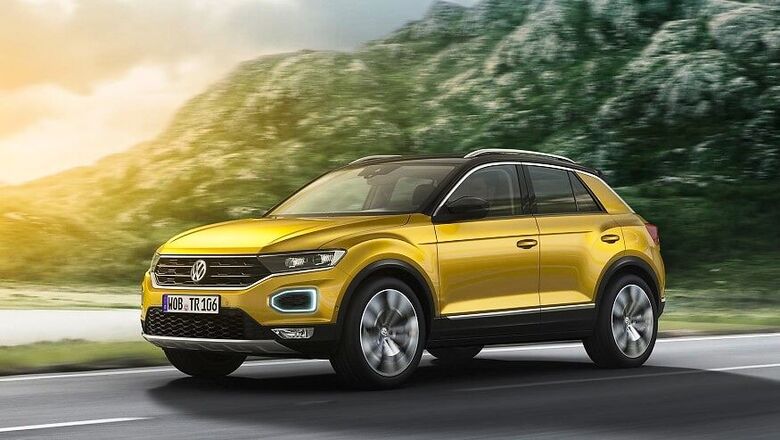
views
Most manufacturers now have plans in place to move some considerable way towards electrifying their ranges. But ambitious plans for future generations of electric models will not come to fruition quickly enough to help them out of their current predicament of collapsing demand for diesels in the wake of the VW emissions cheating scandal and renewed focus on the toxicity of diesel emissions. There is a quick fix available though, which is why we are now going to see the rise of the previously largely disregarded 48-volt mild-hybrid technology.
A mild-hybrid system adds some degree of electrification to an existing powertrain without the need for an expensive redesign. And without anything like the fanfare of Volvo's announcement of all its new models going electric to some degree by 2019, many brands including PSA, Volkswagen, Mercedes-Benz and Volvo itself, are adopting these 48-volts systems.
Upgrading a vehicle's electric system to 48-volts from the standard 12-volts allows a bigger, more powerful starter motor to be utilized that can then be used to add additional power to the drivetrain. This complement to the petrol combustion engine turns the model into a mild hybrid, which as far as meeting emissions standards is concerned is better than a diesel without the need for costly new vehicle architecture and retooling.
Full hybrids like the Toyota Prius typically run at 100-300 volts, so producing proper hybrids is a lot more expensive and complicated than just adding an electric motor to a petrol engine. As sales of new diesels are falling and second-hand values of diesels are slumping, an alternative has to be found faster and cheaper than is possible by moving to full hybrid and EVs.
Renault has been one of the first to see the potential of 48-volt hybrids, which has seen it become one of the early adopters with a system supplied by Continental for its Scenic and Megane models. Nissan and Hyundai are among other volume vehicle manufacturers with 48-volt models in the pipeline, and Volkswagen's next Golf will have 48-volt electrics when it arrives in 2019.
Also Watch: Ducati SuperSport S | First Ride Review | Cars18




















Comments
0 comment